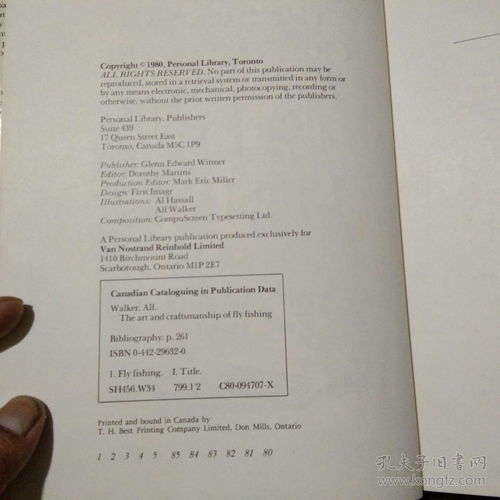Content:

Introduction: Fly fishing, an ancient and revered sport, requires a blend of patience, skill, and understanding of the water's dynamics. One of the most critical elements in fly fishing is the ability to read bait floats, also known as fly floats or indicators. This article delves into the essential tips and techniques for mastering the art of interpreting bait floats, ensuring a more successful and enjoyable fly fishing experience.
Understanding the Basics of Bait Floats: Bait floats are designed to float on the water's surface and are used to indicate when a fly has been taken by a fish. They come in various shapes, sizes, and materials, each serving a specific purpose. To start, it's important to familiarize yourself with the following types of bait floats:
- Sliding Floats: These floats move up and down the line with the current, allowing for a more natural presentation.
- Fixed Floats: These floats remain in a fixed position and are typically used in slower water conditions.
- Strike Indicators: These are small, buoyant objects attached to the line to signal a fish strike.
Selecting the Right Bait Float: The choice of bait float depends on various factors, including water conditions, fish species, and fly size. Here are some tips for selecting the appropriate bait float:
- Water Conditions: In fast-moving water, use a float that can withstand the current's force. In slower water, a more delicate float may be sufficient.
- Fly Size: Match the float size to the fly you are using. Larger flies require larger floats, while smaller flies can be paired with smaller floats.
- Fish Species: Certain fish species are more susceptible to specific types of bait floats. Research the preferences of your target species to select the most effective float.
Reading Bait Floats: Once you have the right bait float, it's time to learn how to read it. Here are some key indicators to look out for:
- Movement: Pay attention to the float's movement. A sudden, erratic movement could indicate a fish has taken the fly.
- Sinking: If the float starts to sink, it may mean the fish has moved the fly under the water's surface. Adjust your presentation accordingly.
- Jumps: A sudden jump of the float could indicate a fish has hit the fly. Set the hook immediately.
- Subtle Movements: Sometimes, a fish will take the fly gently, causing only a slight movement in the float. Be patient and wait for more definitive signs.
Advanced Techniques:
- Tapered Leaders: Use a tapered leader to improve your fly's presentation and increase your chances of detecting subtle movements.
- Sensitivity: Practice being as sensitive as possible to the float's movements. This will help you catch more fish.
- Adjusting the Float: If you notice the float is not performing as expected, adjust its position on the line. Sometimes, even a small change can make a big difference.
Conclusion: Reading bait floats is a crucial skill for any fly fisherman. By understanding the basics, selecting the right float, and mastering the art of interpreting its movements, you'll be well on your way to becoming a more successful fly fisherman. Remember, practice and patience are key to mastering this technique. Happy fishing!












